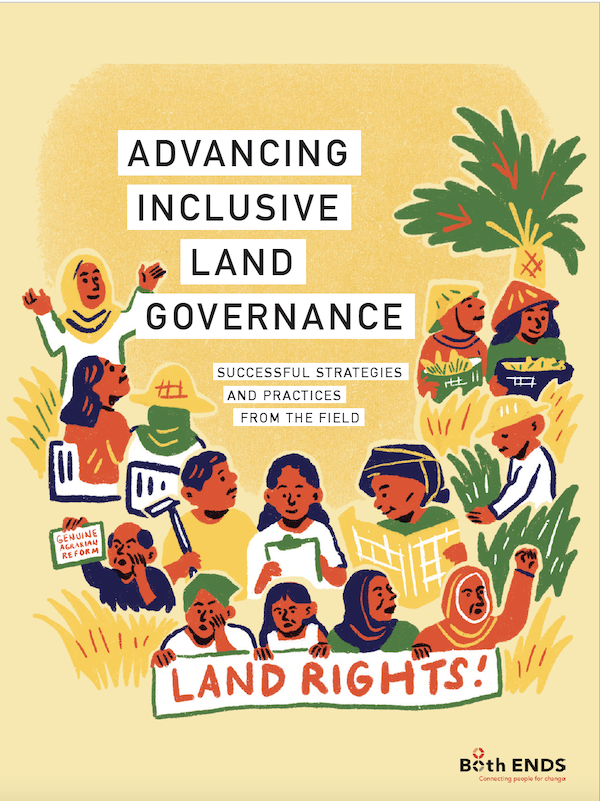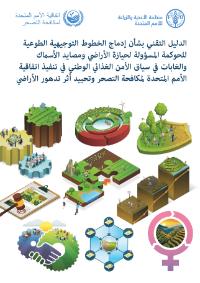Land Degradation Neutrality in Small Island Developing States. Technical report
Small Island Developing States (SIDS) are continuously under the threat from the adverse effects of climate change and land degradation impacts. Erratic climatic patterns have made daily weather previsions unreliable and are becoming a challenge for communities to take appropriate timely and preventive measures.





